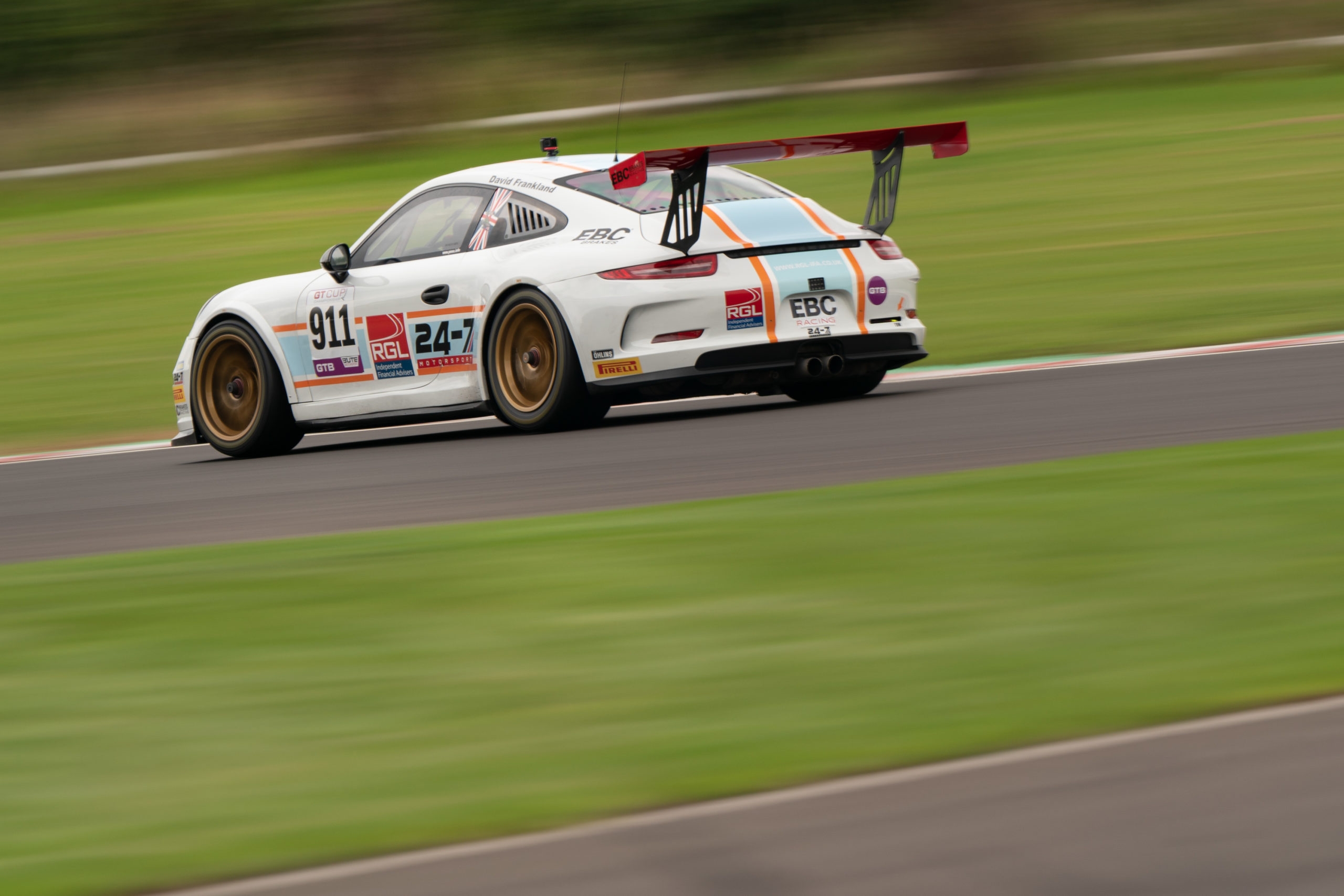Managing your braking temperatures can be the difference between winning and losing in race situations
The sight of a glowing hot brake disc on the race track is a common sight, and although it can make for a truly amazing photo, it isn’t always a good thing to see, especially if it’s on your own vehicle.
When a vehicle is travelling at high speeds on track, it has a lot of kinetic energy. To slow it down, that kinetic energy must be converted to a different form of energy, which in this case is thermal energy.
If your braking system temperatures get too hot, however, they may lose their effectiveness and, in-turn, shorten the lifespan of both brake pads and discs, causing you to have to pay for replacements prematurely and more often than necessary.

What to Look Out For
Here are some tell-tale signs that your braking system is running too hot:
- Soft/spongy/long pedal (this is normally when your fluid has got too hot)
- Brake fade (this is when the brake pads themselves have a sudden and short-term reduction in braking effectiveness, and is normally caused by using a pad that is not suitable for the application in which you are using it for, making it excessively hot)
- Brake pad glazing (this can happen when the pads have previously overheated and then cooled down, causing a glazed appearance on both the pad and disc surfaces)
- Smoking and burning smell coming from the brakes
- Glowing discs
How to Prevent Overheating
- Make sure that your braking system is in good condition
- Check that your calipers are fully functioning and that there are no issues such as sticky, sliding pins or seized pistons
- Run brake cooling/ducting if and where possible
- Use high-temperature brake fluid
- Perform a brake bleed before and throughout your race weekend/event
- Make sure you are using the correct pads for your application needs
- Measure your braking temperatures periodically, both caliper and disc temperatures

